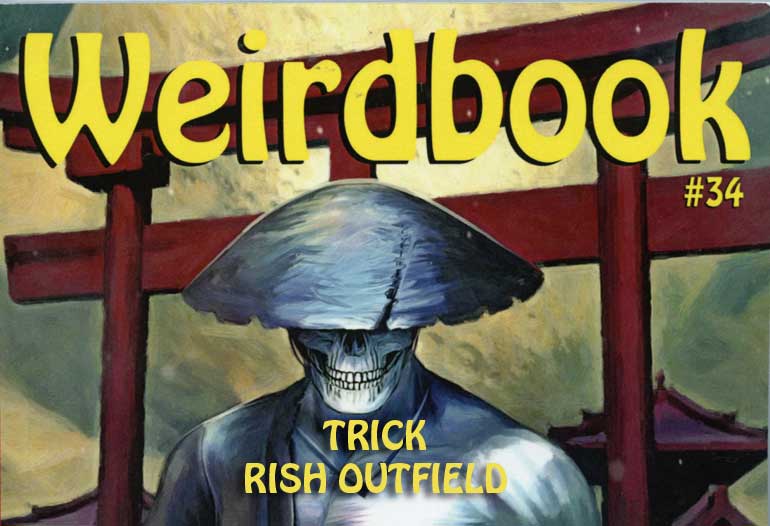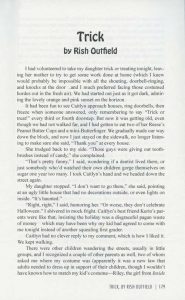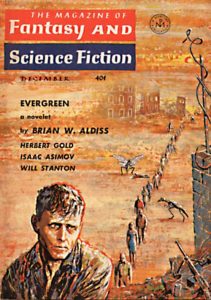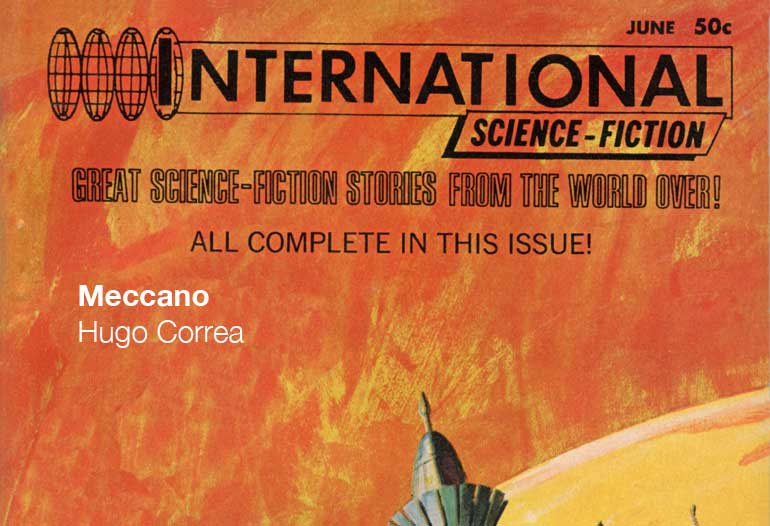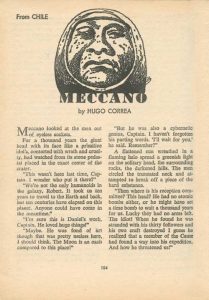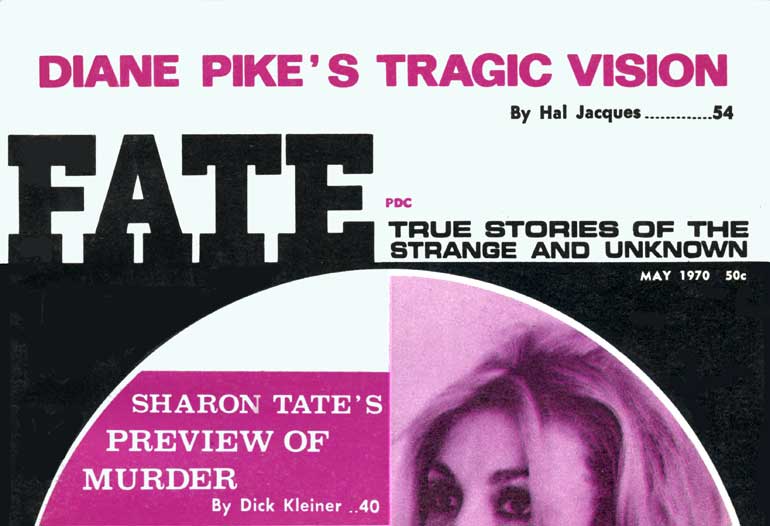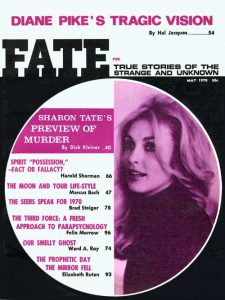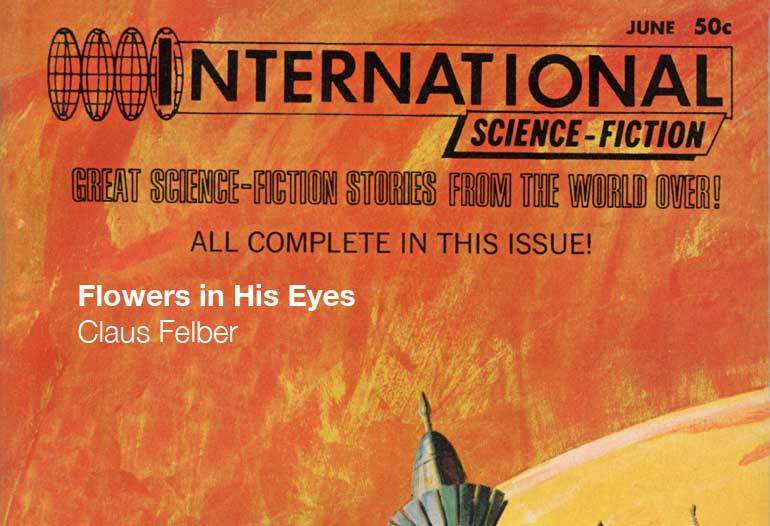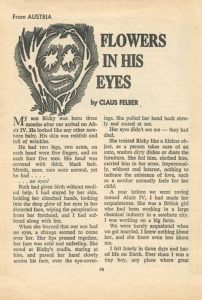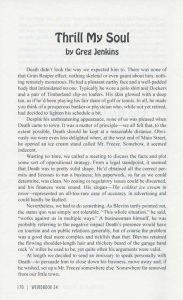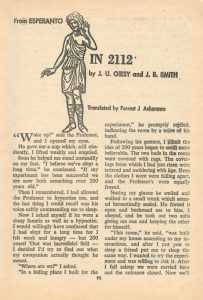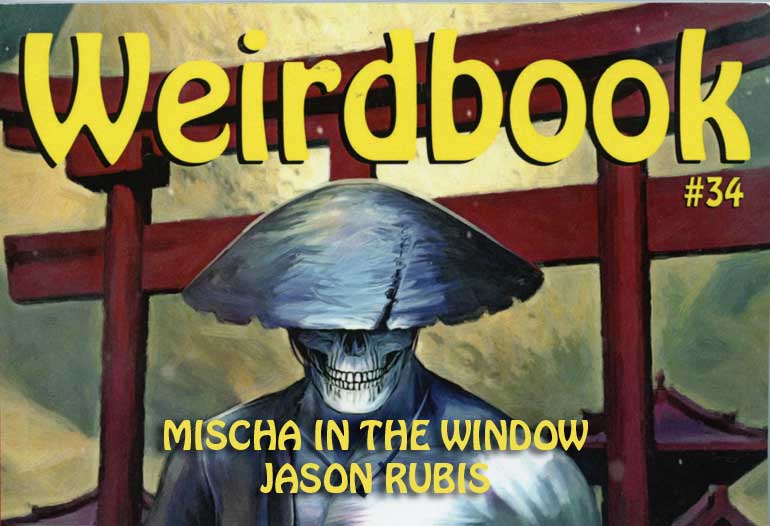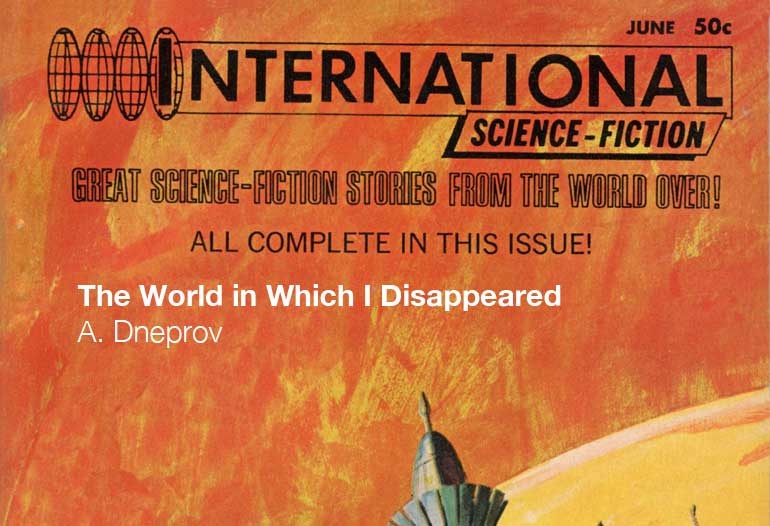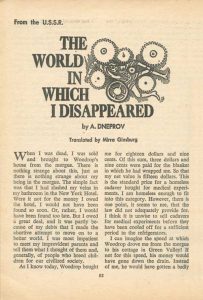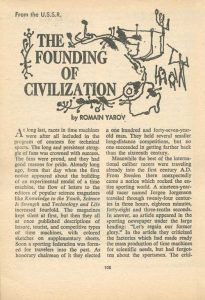 From International Science Fiction No. 2 (June 1968):
From International Science Fiction No. 2 (June 1968):
ISF2’s final tale from the U.S.S.R., “The Founding of Civilization” by Romain Yarov begins with the concept of time travel as a sporting event.
A nineteen-year-old racer named Jorgen Jorgenson traveled through twenty- four centuries in three hours, eighteen minutes, forty-eight and three-tenth seconds.
This record-breaking performance sparks the public’s interest and the real race begins. The sport is accepted into the Spartacus Games and the world’s champions compete, including the favorites Vassily Fedoseyeyv and Konstantin Paramonov.
The race begins. Tension is high. Fedoseyeyv is expected to win, but not only does Paramonov triumph instead, but every other participant returns before the famed Soviet. Finally, as hope to avert a disaster is nearly gone, Fedoseyeyv returns. He had stopped. A technical glitch had forced his hand. An error that disqualifies him from the race and the sport for several months. Where did he stop? The 33rd century BC. The primitive people there helped him and in return he left them a gift that turned out to have some rather long-term significance.
Two collections of Soviet SF stories that include some overlap of the stories/authors from ISF were published in English editions. Yarov’s “The Founding of Civilization” was reprinted in Other Worlds, Other Seas (Random House 1970) and his story “Goodby, Martian!” was included in The Molecular Cafe (Mir 1968).


